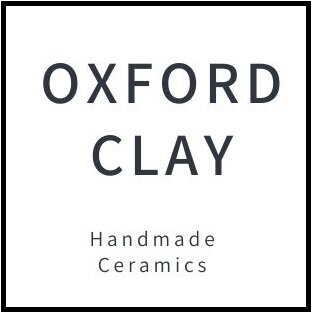Doughnut Economics and Pottery
Three ways Kate Raworth’s concept of ‘doughnut economics’ can be used by potters.
Kate Raworth’s 2017 book ‘Doughnut economics: seven ways to think like a 21st-century economist’ describes a new global economic model. Raworth explains that traditional economic models have been linear and based on perpetual consumption and expansion, ignoring the fact that the earth's resources are finite. Economic growth has been pursued at all costs, despite causing social and environmental harm.
However, ‘doughnut economics’ describes an economic structure that provides ‘a social foundation of well-being that no one should fall below and an ecological ceiling of planetary pressure that we should not go beyond’ (2). Essentially, a safe space for humanity where the limits of the earth's resources are respected. Raworth argues for a shift from endless growth to thriving balance.
How can potters apply doughnut economics?
Raworth explains that the ideal model for business in a doughnut economy is the ‘be generous’ model where businesses create good in the world, giving back to the living systems of which they are a part. It's not easy to see how pottery fits into the ‘be generous’ business model because it relies on the direct consumption of natural resources. However, there are some simple ways of incorporating Raworths concepts into pottery practices:
1. Energy use
One of the main resources potters use is energy for firing their work, either powered by electricity or gas. In the case of electricity, potters can switch to a supplier that provides electricity from 100% renewable sources such as solar, hydro and wind power. Some electricity companies also invest in the infrastructure that creates more renewable energy (1). Even if a potter uses gas to power the kiln they still have the option of buying gas where the carbon emissions are offset.
2. Recycling materials into pottery
Doughnut economics incorporates the concept of the ‘circular economy’ where materials and resources are repaired, reused, refurbished and recycled (rather than wasted and ultimately lost out of the system). Although many pottery materials are primary raw materials, waste substances such as wood ash from domestic wood-burning stoves can be recycled into pottery glaze rather than going into landfill. Scrap metals can also be turned into homemade metal oxides, and used by potters to colour their pottery.
3. Sharing knowledge and innovation
Raworth explains that knowledge sharing is a key foundation of the doughnut economic model. Whereas previously businesses spent a lot of time, money and resources protecting their intellectual property, the doughnut economic model prioritises sharing knowledge and innovation for the common good. Pottery practice can be a painstaking process of learning by mistakes and failures, tweaking processes and recipes as we go. For example, it took me over six months to perfect a casting slip recipe that prevented cracking in my pots.
Potters can share the ways of doing things that save time materials energy and resources, that benefit the earth, as well as other potters.
If you’d like more ideas on making a pottery practice more eco-conscious Oxford Clay have produced two ebooks:
References:
1.) Bunney, M. 2021, Where does our 100% green electricity come from? Octopus Energy
2.) Raworth, K., 2017. Doughnut economics: seven ways to think like a 21st-century economist, London.

